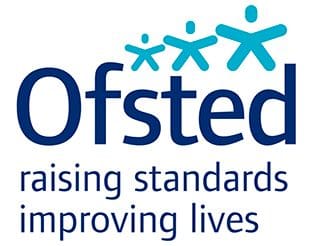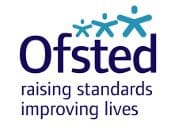
The history curriculum is currently being reviewed. You and your subject leader know that current planning in history does not emphasise with enough precision what the school intends pupils to know, remember and be able to do by the end of each topic. A lack of clear curricular goals in history inhibits teachers’ ability to assess how well pupils are learning the subject. Aspects of the history curriculum do not reflect fully the ambition of the national curriculum. Pupils in key stage 2 do not currently learn about Britain’s settlement by Anglo-Saxons and Scots, for example.
More deeply, pupils are not given opportunities to deploy their growing historical knowledge in a sustained way in response to historically valid questions, particularly about change, continuity, cause and significance. These weaker aspects of the curriculum undermine the impact of your highly skilled teachers in deepening and extending pupils’ learning in history. 2 Hence, the high levels of motivation and enjoyment the teachers have cultivated in pupils, and pupils’ palpable enthusiasm for history, do not consistently result in the best possible outcomes.
The work in pupils’ books shows that teachers sometimes devise for themselves good-quality questions about history. However, pupils are rarely given enough time to respond to these questions in any depth. For example, Year 5 books showed how pupils had spent time drawing and labelling a picture of a market stall from medieval Baghdad. Only after the work was complete, were pupils asked to reflect on the importance of trade in spreading Islamic ideas. Similarly, in Year 4, pupils gathered lots of information about Alfred the Great, but only after they had finished the work were they asked to consider why he was given this epithet. Consequently, the pupils’ responses to both of these valuable and well-conceived questions were limited to a single sentence. P
upils learn to draw contrasts and connections between different civilisations from the same period of history. For example, they compare early Islamic civilisation to early medieval Europe and the Shang dynasty with Ancient Egypt and Ancient Greece. Teachers make connections routinely, explicitly and accurately. Pupils’ sense of period is also enhanced by the homework tasks they are set to enrich their understanding of the topics taught. Although the key stage 2 curriculum is not sequenced chronologically, teachers regularly refer to previous learning, and use timelines, to help pupils place the topics they are learning about in their historical context. The pupils I spoke with had a secure grasp of chronology. However, a few said they found jumping backwards and forwards to be confusing.

